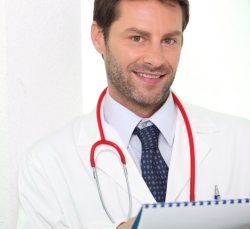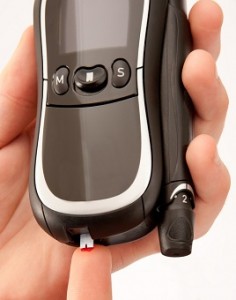
 Americans have growing concerns over the overprescribing, overuse, and abuse of prescription medications. A study conducted by the Rochester epidemiology project revealed that antibiotics are the most prescribed drugs, with 17 percent of Americans using them; opioid drugs, like OxyContin and oxycodone, have the second highest prescription rates, with 13 percent of the population using them.
Americans have growing concerns over the overprescribing, overuse, and abuse of prescription medications. A study conducted by the Rochester epidemiology project revealed that antibiotics are the most prescribed drugs, with 17 percent of Americans using them; opioid drugs, like OxyContin and oxycodone, have the second highest prescription rates, with 13 percent of the population using them.
In many cases these drugs are prescribed for legitimate issues; however the problems arise when they are prescribed in lieu of other treatments, prescribed incorrectly, or prescribed without proper monitoring.
Antibiotics only work on bacterial infections and taking them for a virus, like the flu, will have no effect and can also contribute to the increase in antibiotic-resistant super bugs. The use of opioid pain-killers can lead to addiction and prescription drug abuse.
Antibiotics and pain killers aren’t the only issue. In an article regarding drug use in America, Futures of Palm Beach reports that seven out of ten Americans consume some at least one prescription drug, many of these with dangerous side effects, or the potential for abuse and addiction.
Due to concerns over drug use and abuse, many are looking for alternative, drug-free, options for treating their illnesses. However, many diseases need to be treated with medication, and going without could be dangerous and life-threatening. Below are some common diseases that could be treated without the use of prescription medications.
Colds and Flu
Colds and flu are all viral infections. While some antiviral drugs can interrupt the lifecycle of the virus, and shorten the duration of the illness, these drugs have to be administered a close to the time of onset as possible. In most cases the only, and best, thing you can do is rest, drink plenty of fluids, and let the illness run its course. If the symptoms are causing problems, there are several natural and home remedies that can reduce their severity, including:
• Steam;
• Hot and cold compresses around your sinuses;
• Eucalyptus salves;
• Nasal irrigation; and,
• Gargling with salt water.
Contact your physician if your symptoms persist for more than five days, if your condition worsens, or if your fever rises above 103 degrees.
Type 2 Diabetes
 Type 2 diabetes occurs when your body stops responding to insulin. Because you still make insulin, it is possible to treat the condition without using medication. Adopting a moderate to low carbohydrate diet can help prevent blood sugar spikes, while regular exercise can make your body more sensitive to insulin and burn sugar more efficiently.
Type 2 diabetes occurs when your body stops responding to insulin. Because you still make insulin, it is possible to treat the condition without using medication. Adopting a moderate to low carbohydrate diet can help prevent blood sugar spikes, while regular exercise can make your body more sensitive to insulin and burn sugar more efficiently.
However, it is important that you test your blood sugar regularly, to make sure that you are keeping your levels within the normal range – 70-130 mg/dl before meals and less than 180 mg/dl up to two hours after meals.
You also need to communicate regularly with your doctor, especially if you notice that you are having issues with blood sugar control. Not reporting blood sugar issues to your doctor could result in serious complications including nerve damage and kidney failure.
High Blood Pressure (Hypertension)
In an earlier post we talked about different foods that can help lower your blood pressure. In addition to diet, there are other ways to lower your blood pressure including exercise, reducing your sodium intake, and limiting your alcohol intake.
Just as with diabetes, you should monitor your blood pressure regularly to ensure that it is consistently between 110/70 and 140/90.
You also need to communicate regularly with your doctor, especially if you notice that you are having issues with your blood pressure levels. Not reporting problems to your doctor could result in serious complications, including memory problems, weakened blood vessels, and a higher risk of heart attack and stroke.
– Submitted by Katherine Smith
